Earlier this year, we wrote an article, Order Up! 5 Trends Changing the Drive-Thru Experience, which explored how innovations like upstream ordering, site canopies, and drive-thru doors affect the Quick Service Restaurant (QSR) industry. We continue to see these trends exploding throughout the drive-thru landscape and don’t see that slowing down anytime soon. However, these aren’t the only design strategies owners and operators should implement when updating new or existing sites. That’s where site strategies aimed at efficiency come into play. Let’s look at three key areas that can transform your next site, keeping your employees safe and customers happy.
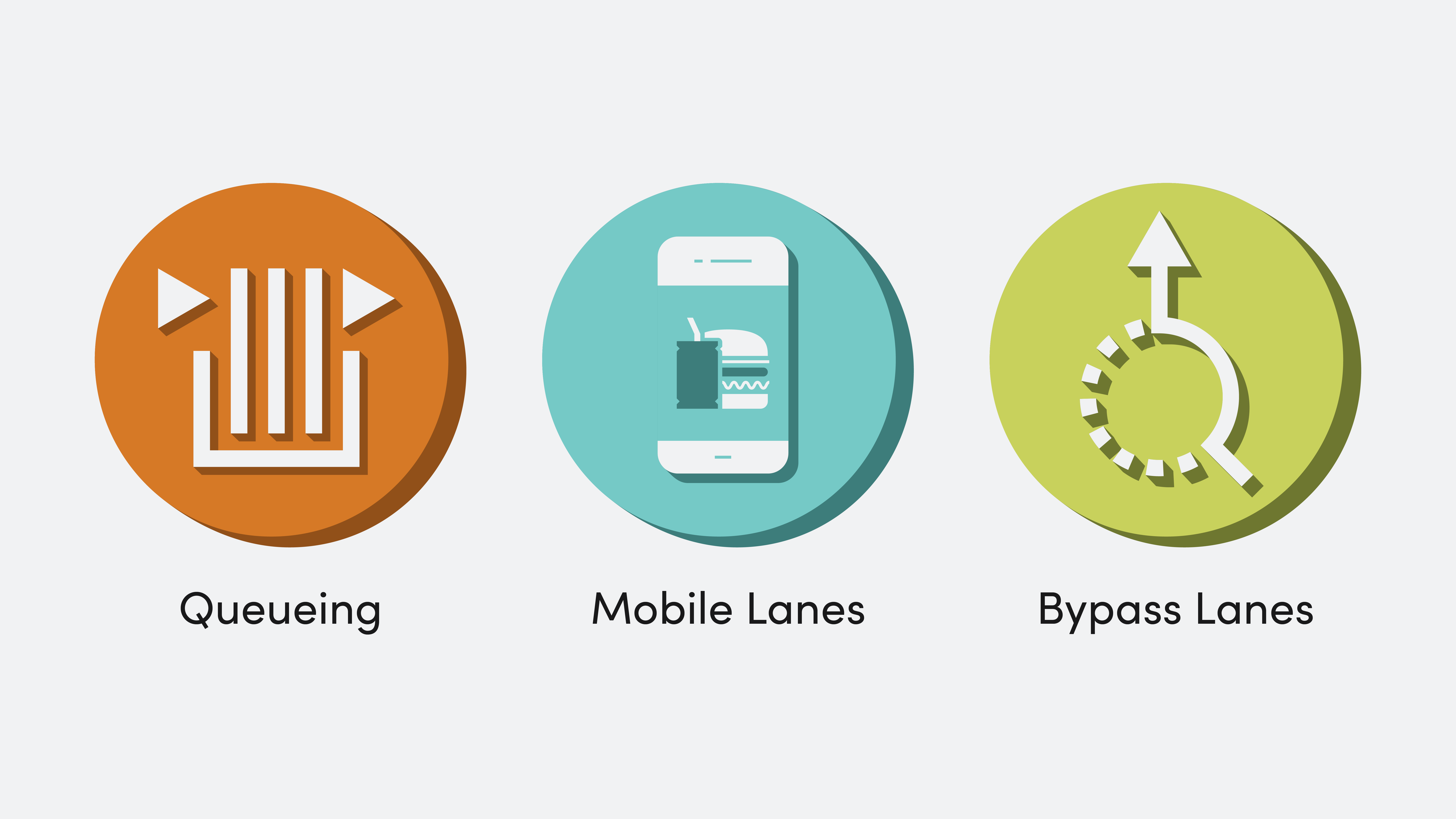
Three Site Strategies for Increased Drive-Thru Efficiency
Let's dive into some valuable insights and crucial considerations that’ll help you not only increase your drive-thru's efficiency but also deliver a better customer experience overall. We’ll delve deeper into how site strategies like queueing, mobile-only lanes, and bypass lanes make a difference at QSR sites and how you can utilize them on your next project.
1. Queueing
2. Mobile Lanes
3. Bypass Lanes
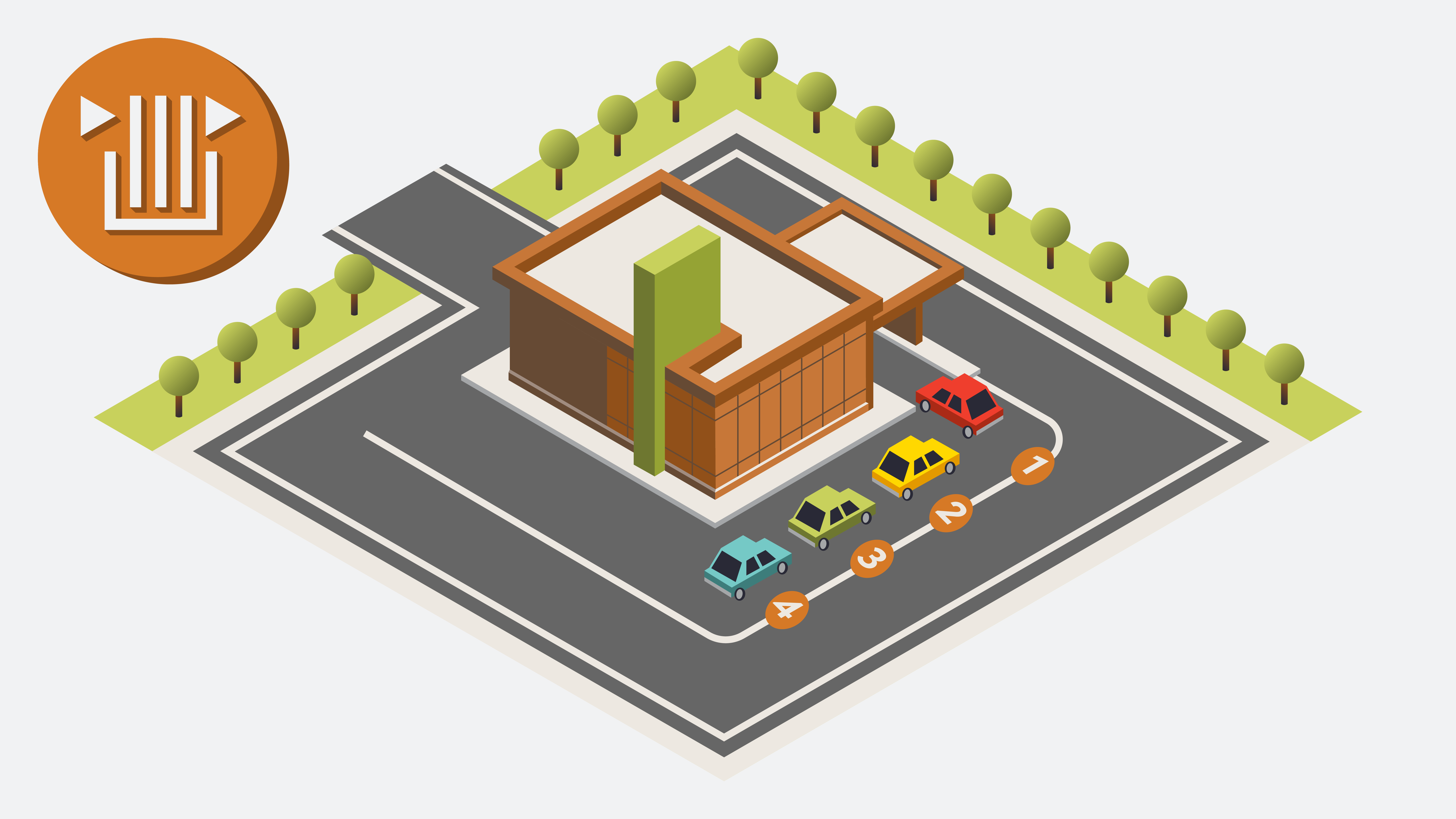
Queueing
First, when evaluating the number of cars to accommodate, think beyond the average—push the boundaries to maximize throughput while ensuring you don't run into conflicts with parking spaces or drive aisles, especially during peak hours. It's all about fully optimizing the site.
Gone are the days when 18-foot lanes (the space allotted for each car’s length) were the norm. We're now witnessing a transition towards 20-foot lanes. It's not just about your business needs; it's also about aligning with city code requirements. Your average queue might be four cars, but the city might demand five. Let us help you strategize and present a compelling study to reduce the required queue length for your next QSR project.
And there's more to this story — the width of lanes isn't set in stone. What used to be a standard 9-foot width is evolving into a more expansive 10-foot lane with 2-foot dedicated walkways. This increase to 12 feet is especially beneficial when our team members are engaged in upstream ordering. These changes in site design and operational strategy pave the way for a more efficient and customer-friendly drive-thru experience, taking the QSR industry to the next level.
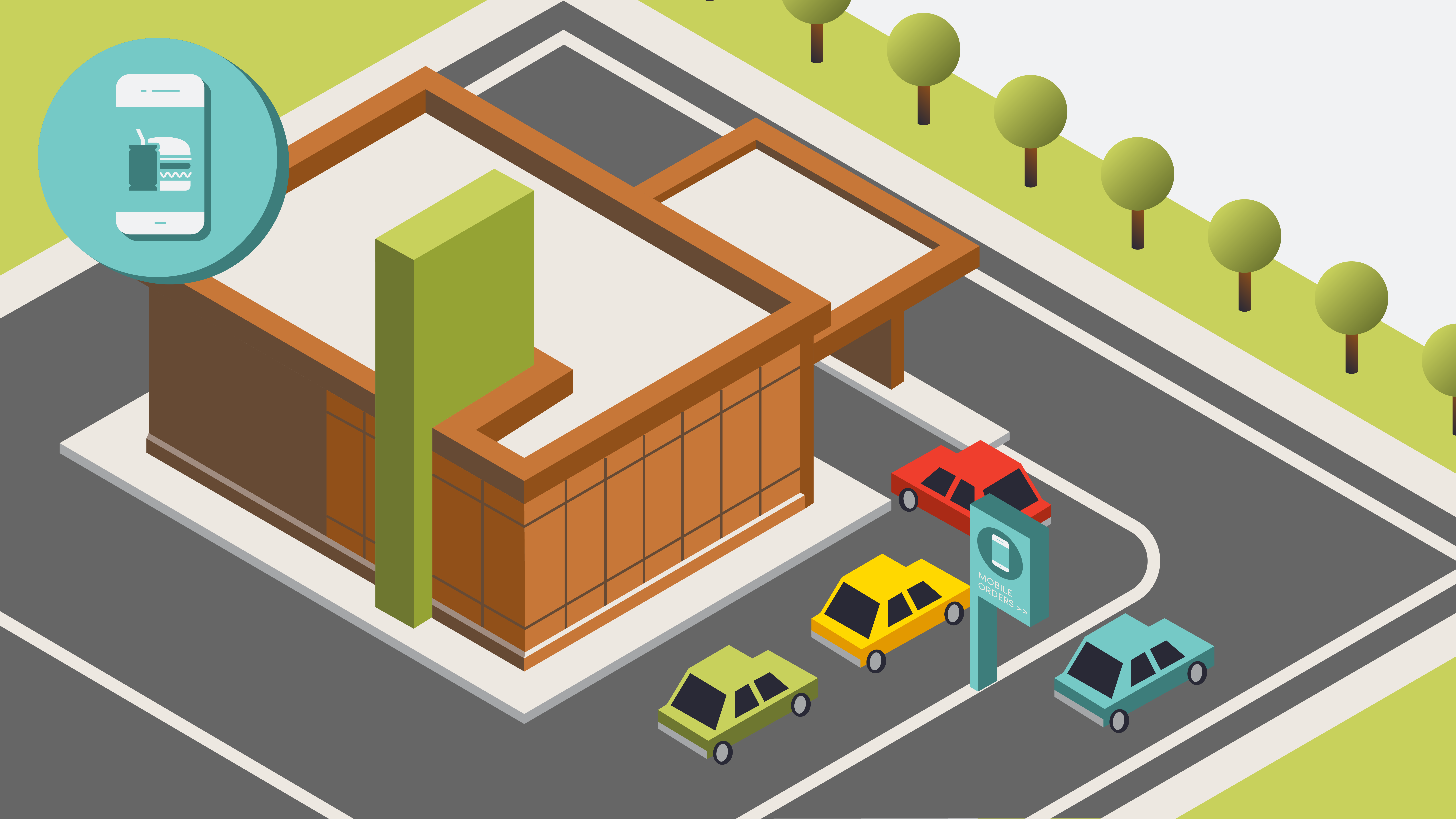
Mobile Lanes
One of the key challenges to optimizing drive-thru flow is the available space within the site. Expanding the existing site by an additional 9 to 12 feet or searching for a site that encompasses more space can provide the necessary breathing room for a smoother operation—this can also provide extra space for other site modifications.
Another effective approach? Implementing a dual lane system. However, this involves pairing it with a delivery method, which can take the form of team members walking out to serve customers or incorporating built structures equipped with a food transportation system. This combination ensures that the second lane operates seamlessly, serving customers efficiently and reducing congestion.
For drive-thrus that offer mobile ordering, an interesting strategy to consider is designating a “flex” lane. This lane doesn't have to be open at all times; during off-peak hours with fewer mobile orders, it can be closed temporarily. This flexibility allows for a more efficient allocation of staff resources, ensuring that the drive-thru is well-suited to meeting varying demand levels throughout the day. By incorporating dedicated mobile or flex lanes, you can enhance the overall flow and performance of your drive-thru operation.
According to a 2022 Mobile Ordering Trends Report, more than 70 percent of customers have placed a mobile order, making this site strategy a valid one.
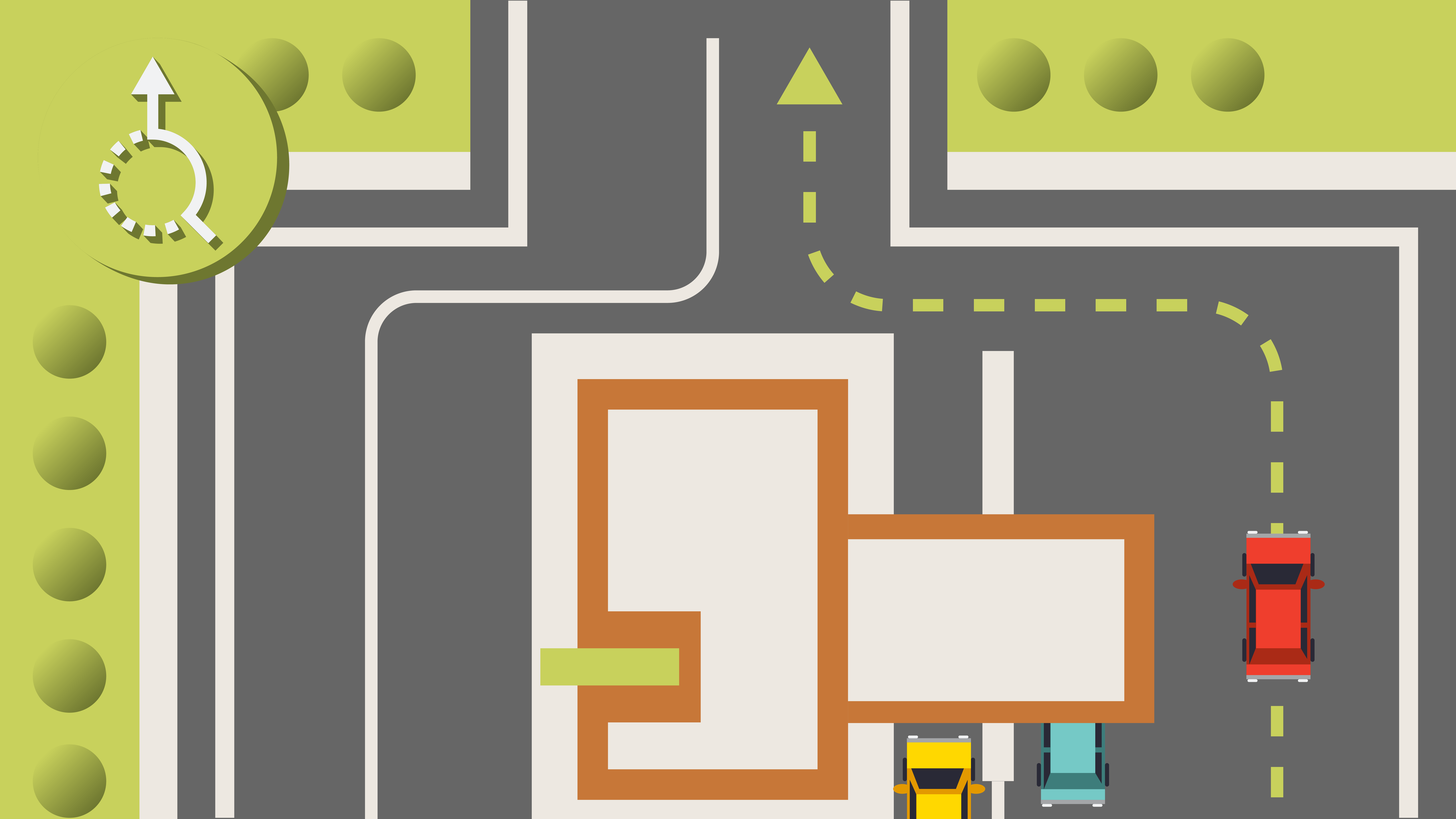
Bypass Lanes
Bypass Lanes are largely used as an escape route for customers who have decided the wait time is too long and they have chosen to abandon the line.
When it comes to incorporating bypass lanes into your drive-thru setup, there are two primary reasons to consider it. The first revolves around customer convenience, allowing them an exit route if they face delays. Studies in the drive-thru industry have indicated that customers are inclined to abandon the line if they've waited for more than 6 minutes before placing their order.
The second reason to consider bypass lanes relates to meal delivery services. It's essential to facilitate a smooth flow for customers who have received their food to bypass those who may still be waiting. This is especially relevant when “pull to” spots aren't in use for prolonged waiting times. However, the practical implementation of these bypass lanes is highly context dependent. You must be mindful not to obstruct or remove existing fire lanes that may already be in place, as they are essential for safety.
When introducing bypass lanes to existing sites, it frequently necessitates a comprehensive reassessment of the parking and drive-lane arrangements. This process aims to strike a balance between ensuring an efficient flow for customers and maintaining the necessary safety and compliance measures.
In cases where it may be challenging to establish a full-fledged bypass lane, exploring the potential for “bail out” spots before the order point and at the end of the drive-thru lane, where customers receive their food, becomes crucial. These “bail out” spots provide customers with an alternative route should they choose to exit the line, enhancing their overall experience and minimizing congestion in the drive-thru.
Transforming into the future
In this exploration of strategies aimed at enhancing drive-thru efficiency, we've ventured into the ever-evolving landscape of Quick Service Restaurants (QSRs). These strategies are not isolated innovations but interconnected components that contribute to a holistic drive-thru experience, benefiting both employees and customers.
We began our journey by acknowledging the persistence of transformative trends within the drive-thru industry. From upstream ordering to the advent of site canopies and drive-thru doors, these trends have laid the foundation for a more seamless and customer-centric QSR experience. The pace at which these innovations are spreading is a testament to their effectiveness, and we anticipate their continued growth in the coming years.
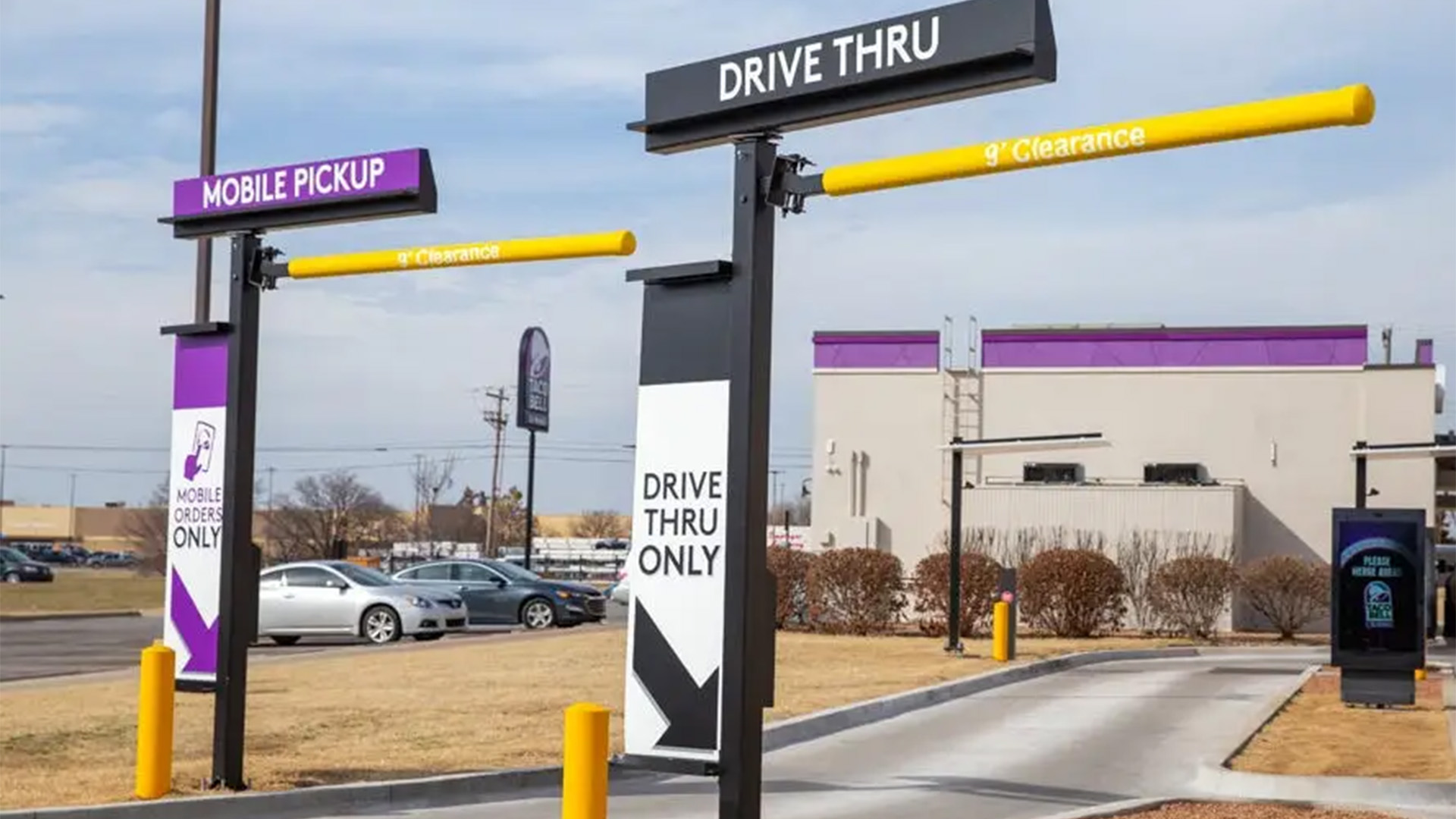
However, as we've stressed throughout this discussion, these trends are just one piece of the puzzle. Site strategies designed for efficiency are equally crucial. The importance of proper site design and temperature control within the building cannot be overstated, showing that every detail counts when attempting to deliver an excellent drive-thru experience.
The future of drive-thru efficiency and customer satisfaction hinges on the integration of these site strategies with the latest trends in the industry. By combining innovation with thoughtful design, the QSR industry has the potential to elevate the drive-thru experience to new heights, keeping both employees and customers delighted. As you embark on your next project, consider these strategies as building blocks toward a brighter future for drive-thru operations. Your drive-thru may well become a benchmark for the industry, providing a faster, smoother, and more enjoyable experience for all.
Special thanks to Steven Baker (AIA, NCARB), Team Lead / Architect at HFA and Garrett Small (P.E.), Civil + Landscape Lead, for their thought leadership and expertise provided throughout this article.
Want to know more about our work with QSRs, Drive-Thrus, and other restaurant formats? Contact Steven Baker, AIA, NCARB (steven.baker@hfa-ae.com) for more information.

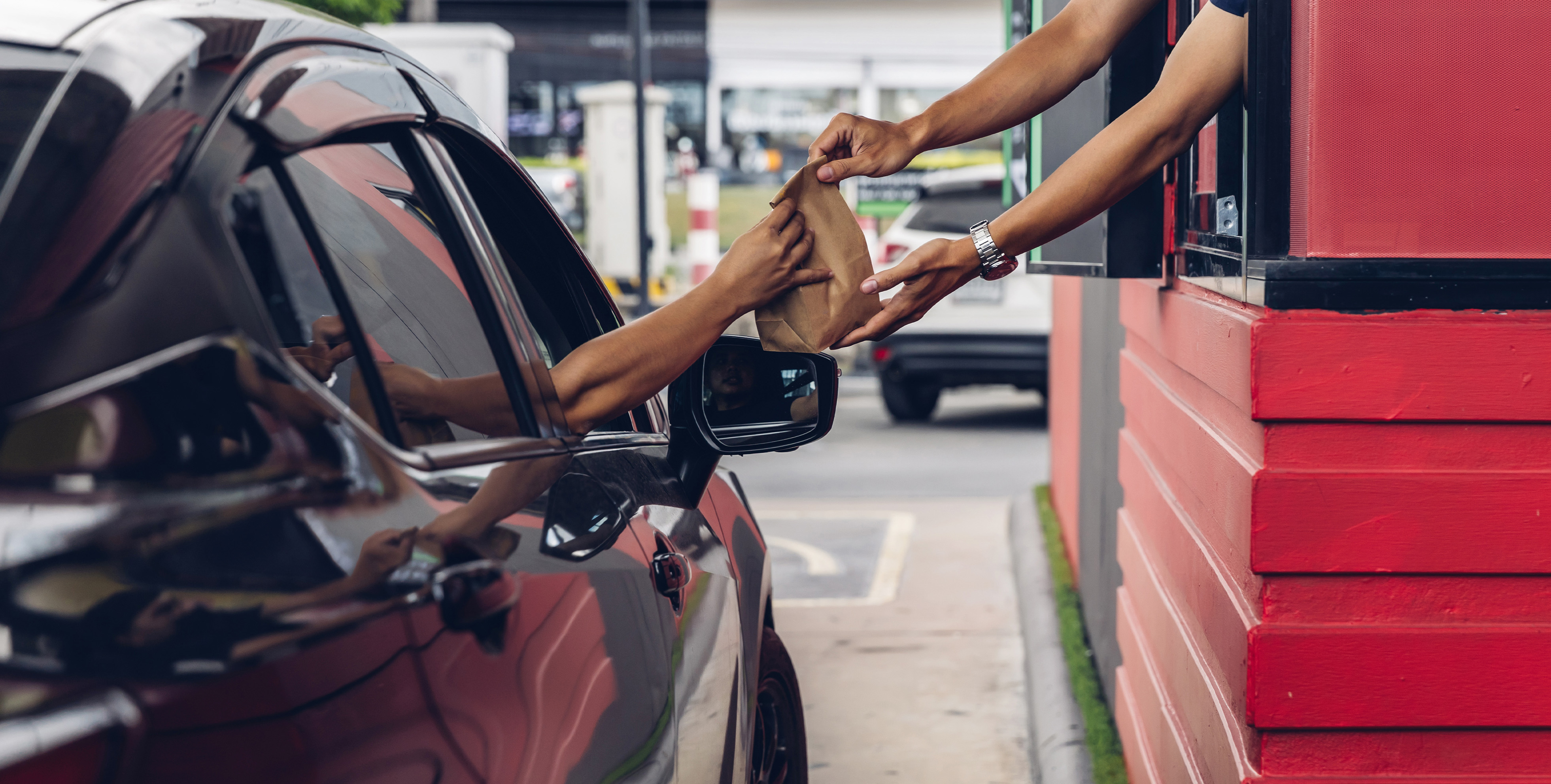
.jpg)


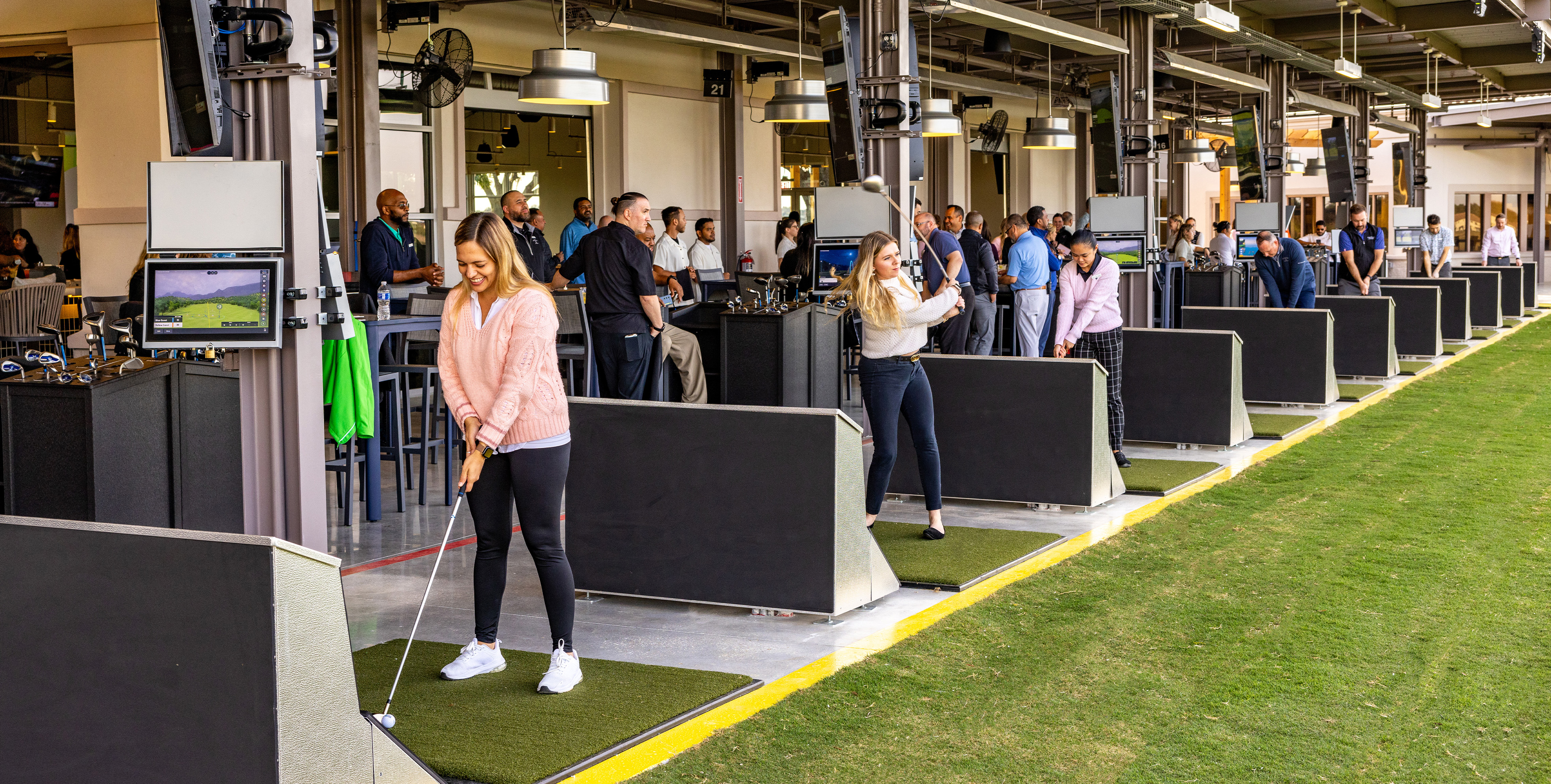
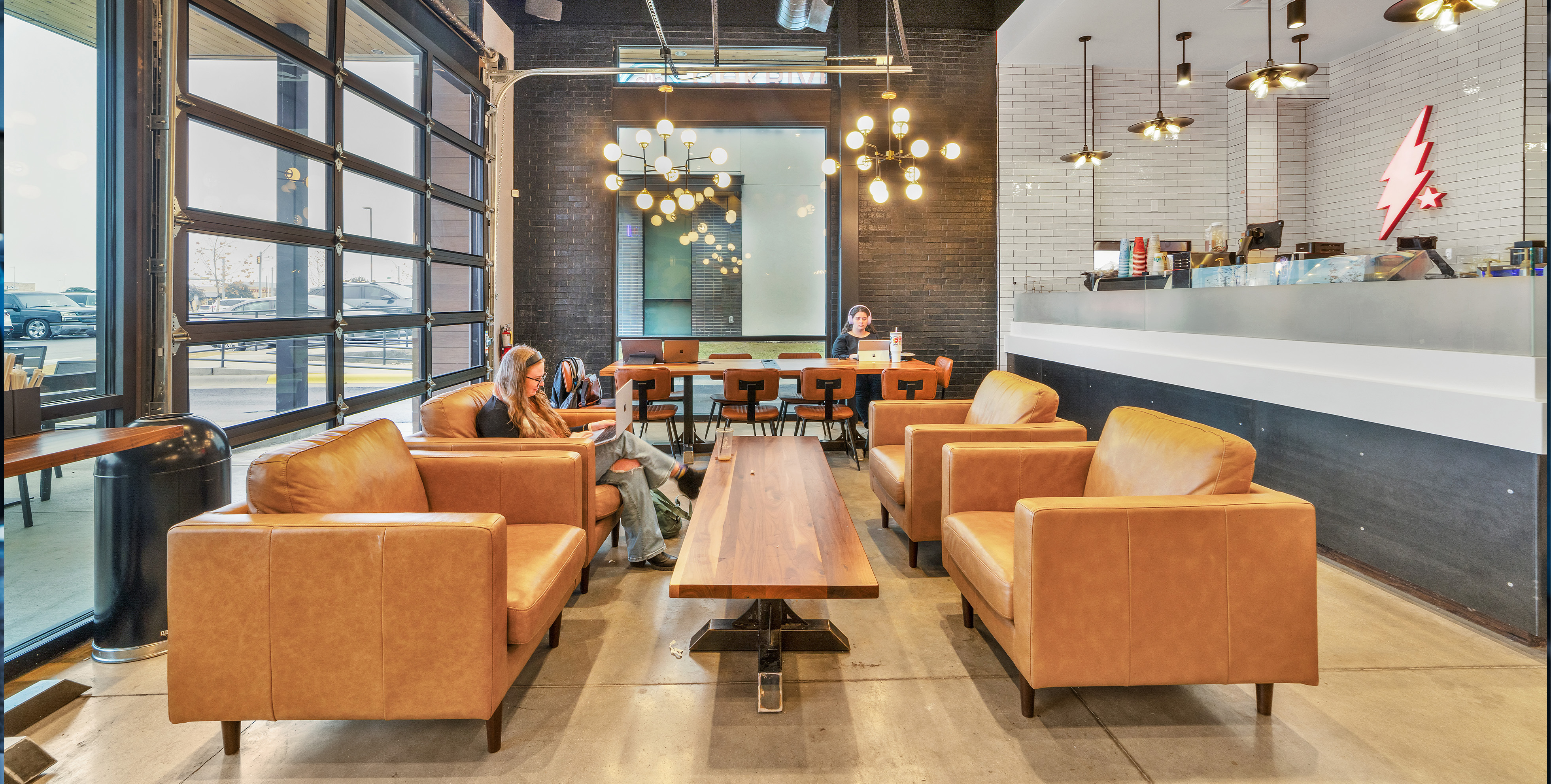
.jpg)



